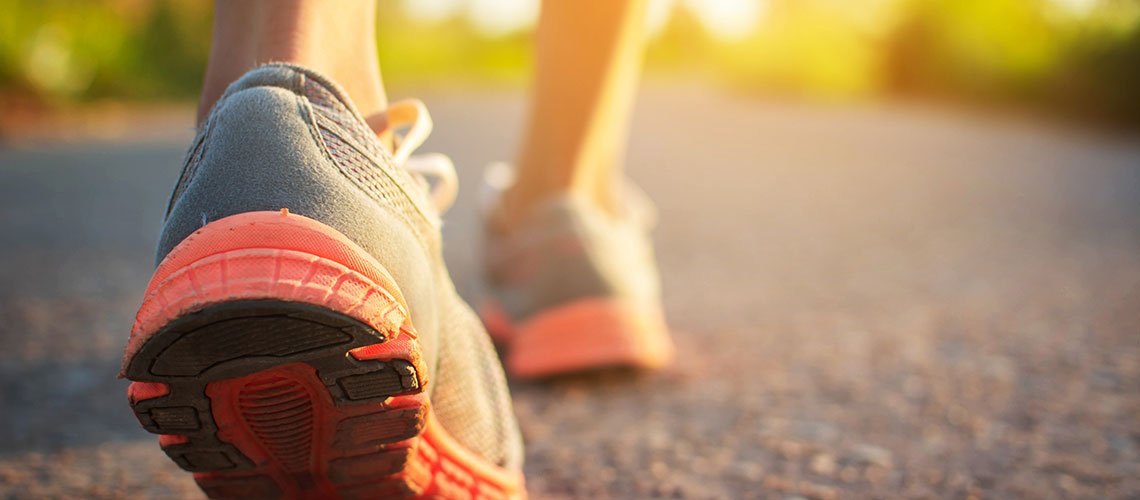
When it comes to exercise, sometimes the simplest solution is the best. Walking is an easy activity that we can all benefit from. Here’s why you should incorporate it into your daily life.
It’s one of the major milestones babies reach, but as we get older and busier, walking seems to take a backseat to our wellness routine. Including movement in your day-to-day life will not only improve your physical health, it will work wonders for your emotional and mental wellbeing too.
Why walking is good for you
According to the Mayo Clinic (www.mayoclinic.org), walking is best for you when done frequently. The faster, further and more often you walk, the more you will feel the benefits of this simple and cost-free exercise.
Like most workouts, it’s best to start as a beginner and work your way up. You can start by walking for as little as 15 minutes a day and then work your way up to an hour. As you work your way to a brisk walk for an hour, you can get closer to the 10 000 steps a day that fitness experts encourage.
When it comes to the benefits of walking, the list is very long. Benefits include:
- Maintaining a healthy weight and losing body fat
- Preventing or managing various conditions, including heart disease, stroke, high blood pressure, cancer and type 2 diabetes
- Improving cardiovascular fitness
- Strengthening your bones and muscles
- Improving muscle endurance
- Increasing energy levels
- Improving your mood, cognition, memory and sleep
- Improving your balance and coordination
- Strengthening your immune system
- Reducing stress and tension
Technique
You already know how to walk, but there is a science to how to walk optimally, so that you get the best results. According to the Mayo Clinic, this is the best technique:
- Your head is up. You’re looking forward, not at the ground.
- Your neck, shoulders and back are relaxed, not stiffly upright.
- You’re swinging your arms freely with a slight bend in your elbows. A little pumping with your arms is okay.
- Your stomach muscles are slightly tight and your back is straight, not arched forward or backward.
- You’re walking smoothly, rolling your foot from heel to toe.
